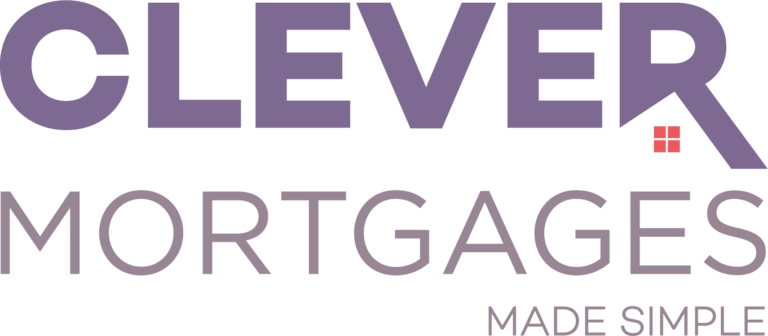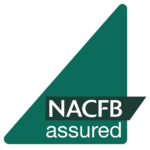In order to afford the improvements, or perhaps protect our savings, most of us will have to use some form of borrowing, but it can be difficult to establish the best option for you. The most popular options for funding home improvements are remortgaging or a home improvement second charge secured loan, but you can work out what is the best option for you.
Remortgaging or taking out a loan
There is a multitude of options available when it comes to funding your home improvements, you just need to decide which one is the best for you. It’s important to remember that when it comes to borrowing money against your home, if you don’t keep up the regular repayments, you could lose your home and it’s vital to bear this in mind when considering remortgages or a second mortgage.
Remortgage to fund home improvements
During the process of paying off your mortgage, it’s likely that you will have a substantial amount of equity tied up in the value of your property. A remortgage is a process of taking out another mortgage on your home, to replace your current mortgage or to borrow money against your property.
For example, if your existing mortgage has £150,000 outstanding and you want £20,000 for home improvements, you may be able to find a mortgage lender willing to lend you £170,000 which can be used to pay off the existing mortgage and fund the work on your home. It’s important to remember that in doing so, you would be increasing the amount of borrowing that is secured against your home and you’ll also need to make higher repayments over the full term of your mortgage. How high the repayments of your mortgage will be, is largely dependent on what proportion of your property value the mortgage represents, your Loan to Value (LTV) and other fees associated with remortgaging.
When remortgaging might not be the best option
Remortgaging a property might work well for some, but it may not be the best option for everyone, especially if:
-Your mortgage debt is small
-Your repayment charge is large
-You have little equity in the property
-Your home’s value has dropped
Second charge secured loan
A second charge secured loan is another option available to keep your existing mortgage intact. So rather than approaching your existing lender, you find another lender who is prepared to grant you a second mortgage.
Secured charge loans are aimed at homeowners that are unable to get a personal loan elsewhere due to a non-existent or bad credit rating. Secured loans also work well for homeowners that are looking to borrow significantly more than an unsecured or personal loan. You would need to make repayments on both mortgages at the same time, which may be over a longer period than a personal loan.
Similar to a further advance, this option also involves increasing the amount of borrowing that is secured against your home and the second charge loan may also be offered at a rate that is much higher than of your first charge mortgage, so it’s best to figure out whether you can afford it or not beforehand.
As your home is used as security for the debt, secured loans may allow you to borrow a larger amount of money with a lower interest rate in comparison to unsecured loans. However, lenders do consider secured loans to be a greater risk to borrowers than an ordinary bank loan.
As a mortgage broker, we specialise in finding great deals on mortgages. We can also compare secured loans from our different lenders to provide you with the most suitable loan.
A further advance from your mortgage lender
You could also get a further advance from your mortgage lender by approaching them and asking if they are prepared to lend you more money. You might do this if your existing mortgage deal is a good one, or if you have significant penalties for terminating your existing mortgage. It’s also important to remember that any advance would be secured against your home and you would still need to pay back the extra money. Also, the interest rate you are charged on the additional borrowing could be different to your existing mortgage rate.
Unsecured loan
If you don’t want to secure any additional borrowing against your home, you can take out an unsecured loan. To obtain an unsecured loan you could try approaching a bank or other lenders. These types of loans typically have repayment terms of up to five years and they also have fixed interest rates so it’s easier for you to plan your budget.
Credit card
If the cost of your home improvements isn’t too high, you could consider paying on your credit card. This could be an attractive option if you can obtain a low-interest rate or even a card with a 0% introductory rate. It’s worth noting however that many of these 0% rates are indeed, introductory. It’s important that you make any repayments before the promotional period ends at the rate subsequently increases.



